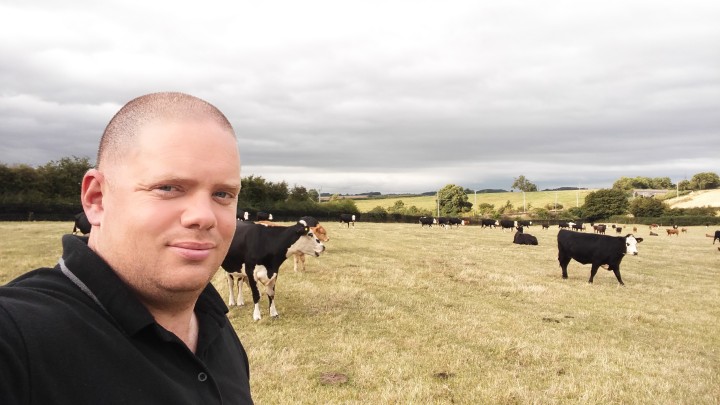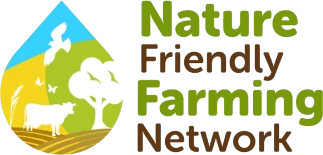
Integrated Pest Management in practice: Mark Jelley, Perkins Lodge Farm
We have focused on reducing external inputs and becoming more resilient to the changing climate by continually developing a system best suited to our farm and our soil types. We farm approximately 500 acres which is split between an arable rotation growing malting barley and we have a homebred beef herd predominantly fed on permanent pasture.
Cereals
We have been using home-saved seed for our malting barley crop for a number of years now, and we have seen a benefit regarding crop stand, vigour, and disease resistance. We select the varieties to suit the malting barley market best and then further select the best quality crop at harvest to home save for the following year. We clean the seed and then send it away to test it for germination, vigour and seed-borne diseases prior to drilling.

Grazing
We have experienced more regular droughts in recent years and have adapted our grazing strategy to mitigate against this and reduce reliance on artificial nitrogen. Most of our grass is on permanent pasture on ridge and furrow, and we have thought carefully about how best to optimise the grass as the primary feedstock by implementing a rotational grazing system whilst ensuring we create a grazing buffer. This grazing buffer can then be utilised through the summer when grass growth is reduced or can be cut as silage and fed out through the winter. We are now seeing longer breaks between grazing periods, which has facilitated better grass growth, and the sward diversity has increased with noticeably more naturally occurring flowering species present.
Over the last year, we have been trialling establishing plantain and chicory to add another tool in the drought insurance policy toolbox. I don’t believe we have seen the full benefits yet due to us having a wet summer, but we will continue to look at it.
With this system, coupled with introducing earlier calving so we can turn our cows and calves out onto pasture in the early spring, we can optimise the most prolific periods of grass growth and maintain growth for longer with more efficient management.
Veterinary Medicines
Coupled with more drought incidences through the summer, we are experiencing warmer, wetter winters, which has led to an increase in pneumonia when housing cattle. To tackle this, we have increased the use of vaccines given in the autumn but have seen a significant reduction in the need for antibiotics, which has benefited our herd’s health and performance. With our rotational grazing platform, there is typically a break of 60-80 days before the grass is grazed again. As a result, we have seen a reduction in the amount of anthelmintics (wormers) needed, and daily life weight gain (DLWG) has not been affected.
Breed Selection and Genetics
Over the years, we have bred our herd to be predominately Stabiliser X cows, which are best suited to the grazing system we have implemented and reach our target market requirements. The carcass specification required by the abattoirs has changed, and they have reduced the target weight to suit changing consumer needs. By understanding end market requirements, we have been able to adapt our breeding and reduce time on the farm to reach optimum weight and grade.
Additional Benefits
By reducing the time the cows need to be on the farm through improving genetics, quality
of feed and efficient DLWG, we have reduced our carbon footprint significantly. When working with APBP and Agrecalc, we are shown to have a carbon footprint that is 53% lower than the benchmark in the study, and this is a huge benefit to usBy improving our grazing efficiency and grass growth, we have a closed-loop system to protect us from input price fluctuations
Reducing artificial nitrogen applications has dramatically decreased the need for herbicides to control creeping thistle
Reducing herbicide applications has improved the performance of clover overseeded on the pasture
Learn more about Integrated Pest Management
Download our practical guide
